It may not be easy to spot or describe an Arts and Crafts garden at…
The Victorian Garden
English gardens are beautiful and every era has its own garden style, so there are medieval, Tudor, Georgian, Victorian, Arts and Crafts gardens as well as gardens between the two World Wars and Post-War gardens.
I intend to write about all of them on the blog at different times, but exceptionally I decided not to do it in chronological order and start here with the Victorian garden. The reason is simple: there are many Victorian gardens in England and they are popular.
The Victorian Garden is born
During the Industrial Revolution towns grew rapidly and became overcrowded and increasingly dirty. People who could afford to leave the city, moved to the suburbs to newly built terraces, those who were better off built villas with gardens. It was essential to build gardens and parks in cities to improve the condition of the air and to provide green spaces for the poor. Creating parks was supported by one of the main garden designers of the Victorian era, the half armed Scottish John Claudius Loundon. (His right arm had to be amputated after an unsuccessful operation. Loundon learnt to write and draw with his left hand.) He started the first horticultural magazine in 1826, the Gardener’s Magazine in which he provided practical advice and guidance for gardeners and shared his thoughts about gardening. He also encouraged garden owners to work in their gardens. It was also him who started to put garden vases on pedestals which ultimately became one of the most distinctive features of the Victorian garden.
As far as the garden design is concerned the Victorian garden is not much different to the Georgian model: a terrace by the house, a parterre below and views out to the parkland. Interesting to note that a Victorian garden could be built in Elizabethan, Italian and other styles.

Main features
The Lawn
Although the lawn has been an important element of the garden for centuries, especially in landscape gardens of the Georgian era, it became a fetish and available for many during the Victorian period. The Victorians loved their perfect lawn and they were keen to look after it. The cast iron lawn mower was invented in 1830 and it certainly made cutting grass easier.
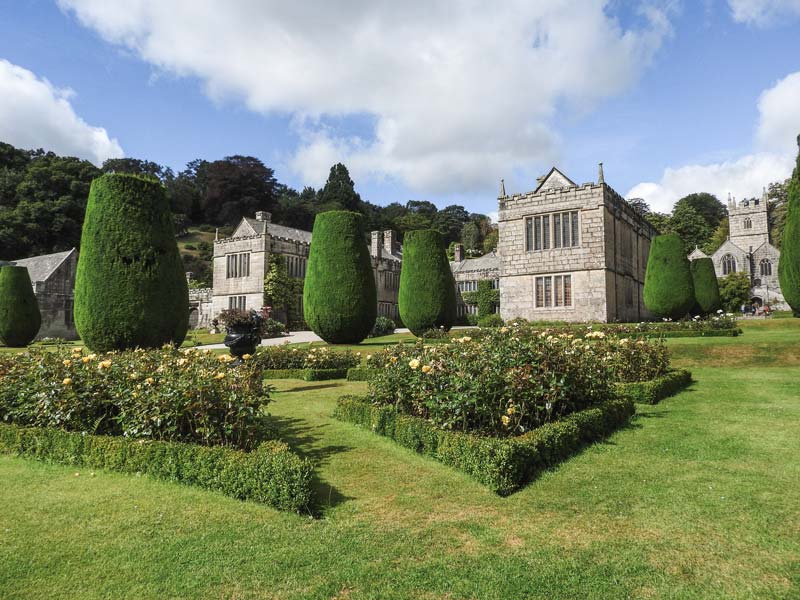
Bedding
Victorians thought the garden should be a bright, colourful and cheerful place, so they planted lots of flowers in different colours. Carpet bedding was introduced by Cliveden’s head gardener, John Fleming. The banker millionaire’s Alfred Rotschild’s head gardener said that aristocrats expressed their wealth in their gardens as well by the size of their bedding and the number of plants used: a squire would have 10 thousand, a baron 20 thousand, an earl 30 thousand and a duke 50 thousand. Rotschild had 41 thousand plants planted in this garden at Waddesdon Manor in Buckinghamshire by 60 gardeners – wow, imagine that! Bedding became unfashionable by the end of the Victorian era when the Arts and Crafts movement led by William Morris favoured wildflower, Cottage garden type of gardens and planting.
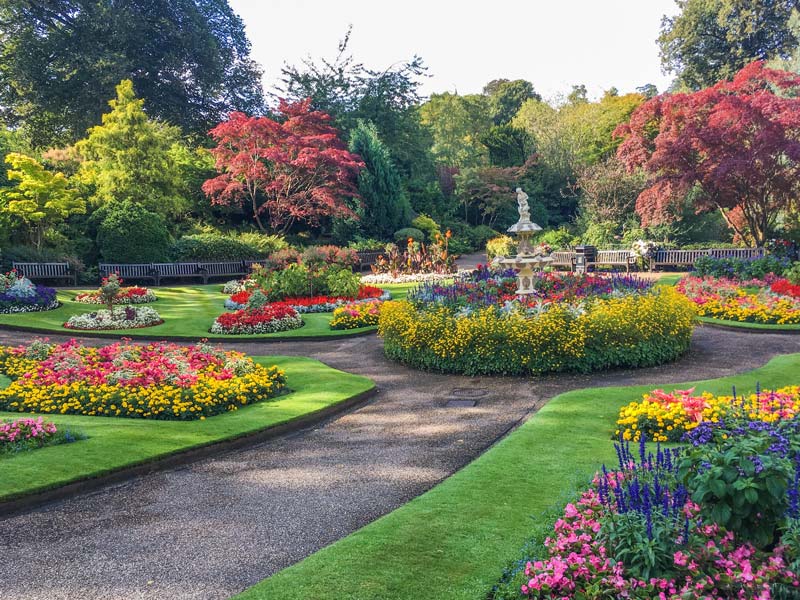
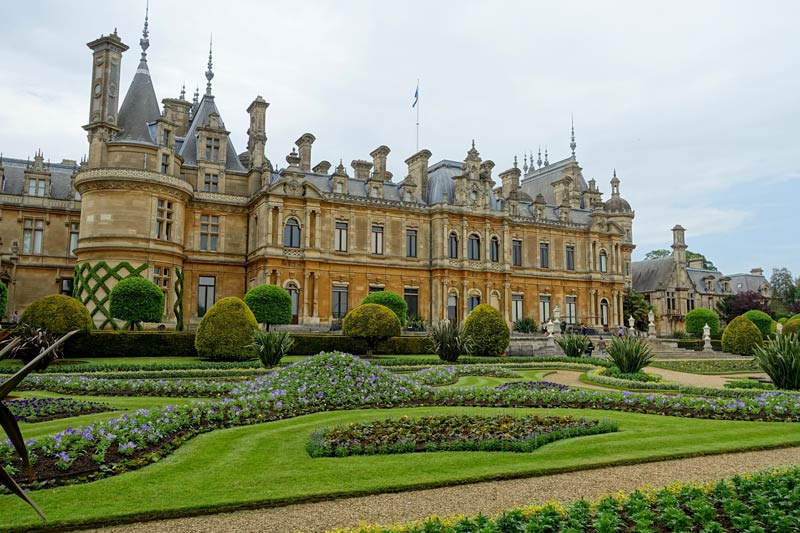
Exotic and rare plants
The Royal Horticultural Society was established in 1804 in London to collect plants brought in from expeditions in the British colonies and other countries. High society funded the society’s work to get seeds of the rare plants in return which they planted on their estates.
Conifers were popular during the Victorian era. The redwood pine tree was brought to Britain in 1853 and was named Wellingtonia in the honour of the Duke of Wellington. The monkey puzzle tree was another Victorian favourite as well as ferns, Alpine plants, rhododendrons and magnolia trees. One of the most popular garden types was the rock garden.
Another significant garden designer of the Victorian era has to be mentioned: Joseph Paxton, who was the head gardener at Chatsworth. He is famous for being the first person to make the Victoria Amazonica bloom for the first time in Britain. He built a huge glasshouse and a tank which simulated the water flow of the Amazonas state in Brazil.
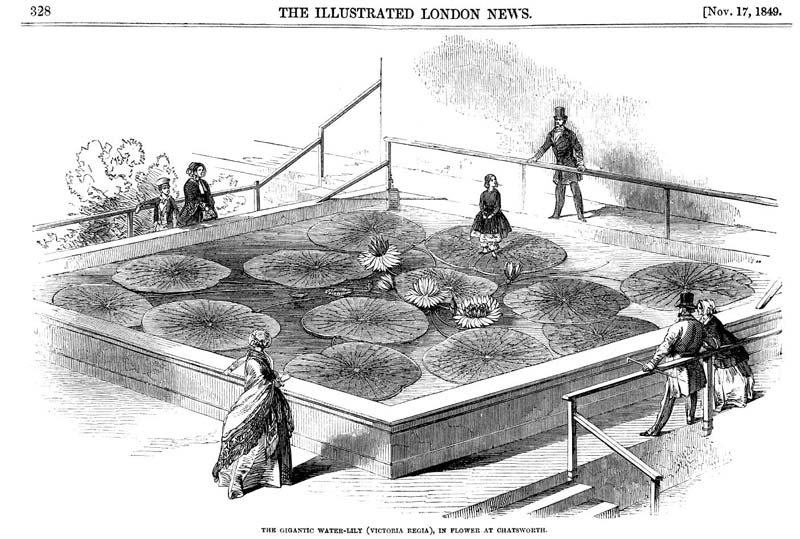
Glasshouse
Although early conservatories existed already in the 16th century it was not until the Victorian era until they realised that not only heat but light was needed for plants to overwinter and to grow. Glasshouses were rare because glass was expensive as well as heating them. Sheet and plate glass was produced first around the middle of the 19th century when glasshouses became more affordable.
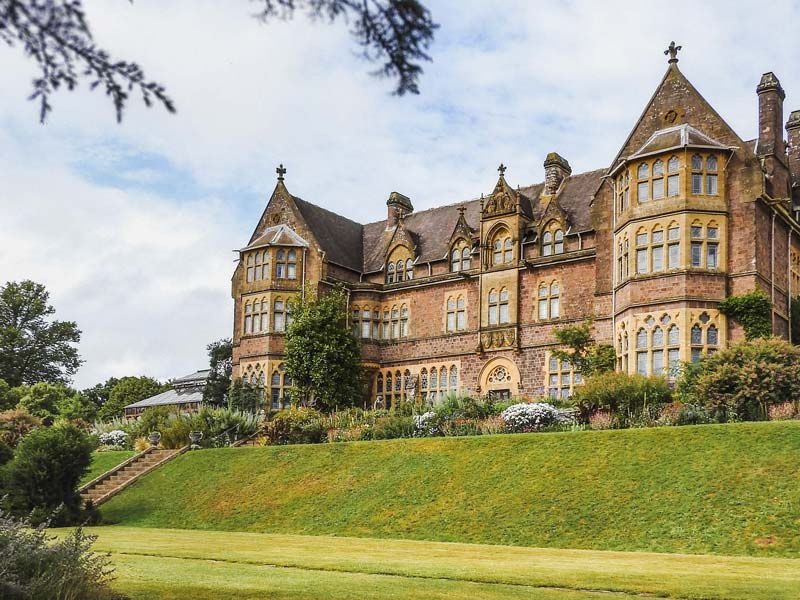
Rustic, romantic elements
In late Victorian gardens rustic and romantic elements like thatched alcoves, pine-pole summer houses or pavilions, bee hives and ponds became fashionable.
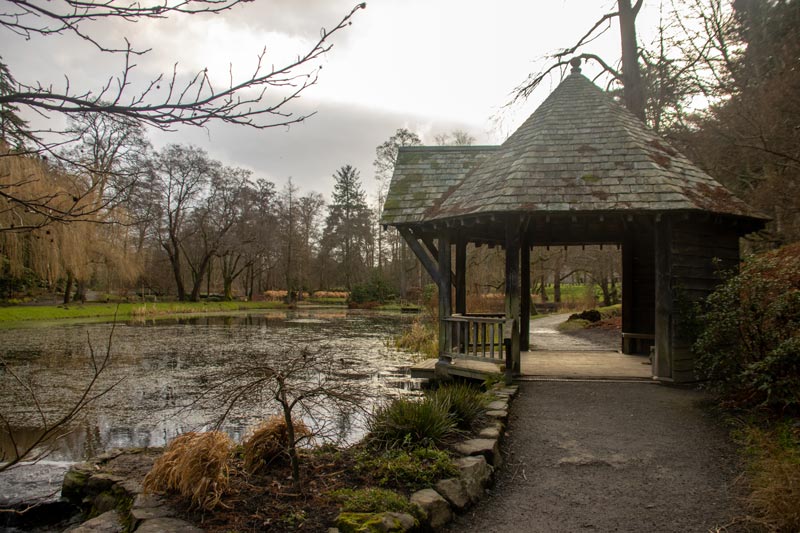
~
Walking around the country estates managed by the National Trust and English Heritage these gardens exist is all their glory to be enjoyed in this busy world today to give a moment of peaceful escapism.

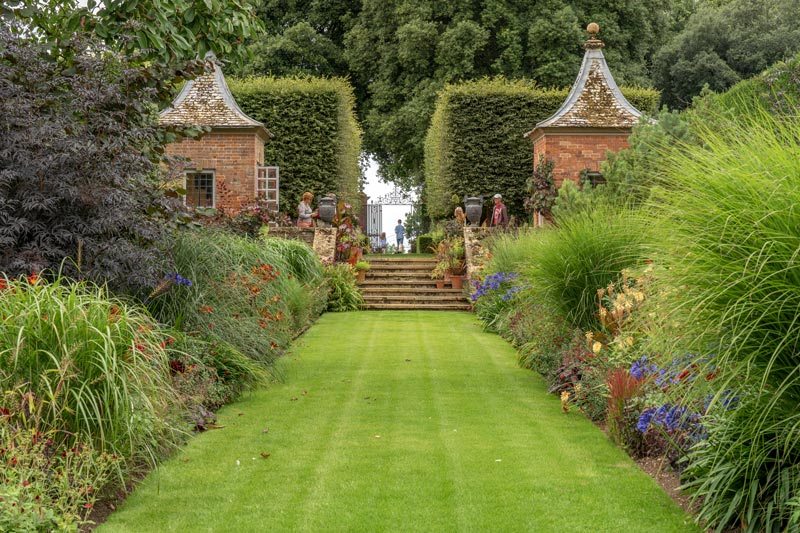
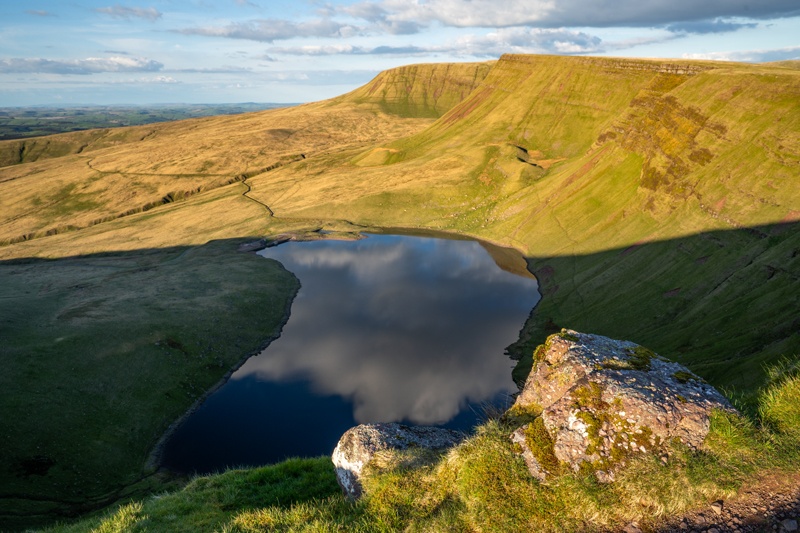
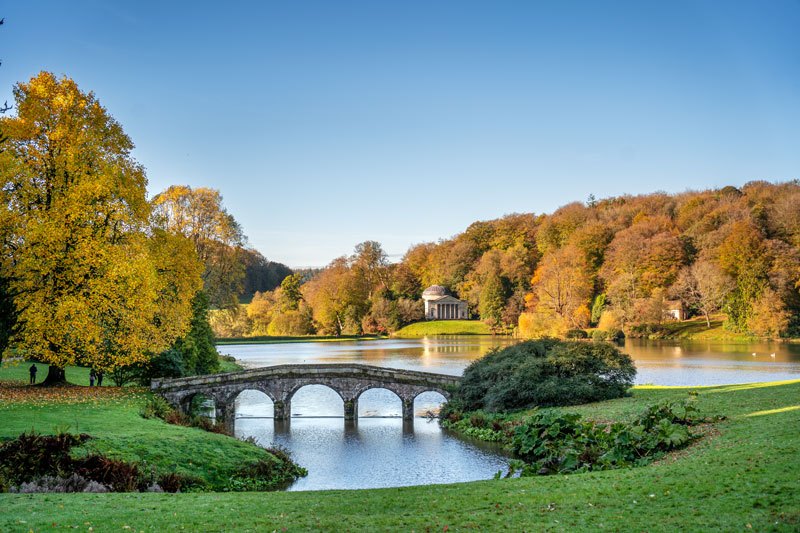
Comments (0)